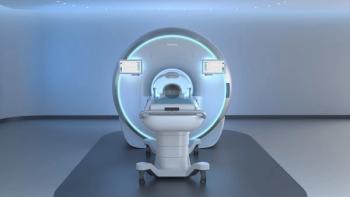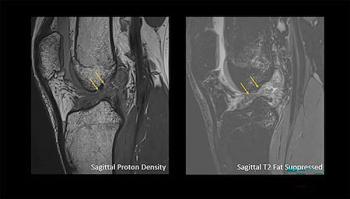
Siemens launches CT stroke package
Other headlines: Volcano enter thrombus aspiration nicheFonar writes bottom line in black
Siemens launches CT stroke package
A CT Neuro Engine to assess stroke debuted in the Siemens booth May 18 at the American Society of Neuroradiology in Vancouver, BC. The Neuro Engine processes data acquired using a volume perfusion technique. Data are obtained over a 15-cm Adaptive 4D Spiral brain scan. Scans can be performed on any of the company's Definition Flash, Definition, and Definition AS scanners, including the newly introduced 20-slice configuration. The fully automated neuro perfusion tools support quantitative volume evaluation for differential diagnosis of ischemic stroke and simultaneous multislice processing.
Volcano enter thrombus aspiration niche
Vascular specialist Volcano has struck an exclusive worldwide agreement to distribute the Xtract thrombus aspiration catheter, manufactured by Lumen Biomedical. The firm has begun selling the catheter in the U.S. and Europe, marking its entry into a $70-plus million per year market for products used to suction out thrombus, according to a Volcano estimate. Xtract is FDA-cleared and CE-Marked for use in coronary and peripheral vessels. Its single-lumen design maximizes cross-sectional area for thrombus suction. A circular, right-angle tip allows close-up access to clots. A curved, directional tip enables a full sweep of the vessel.
Fonar writes bottom line in black
MR maverick Fonar turned a $730,000 profit in the third quarter, compared with a $2.7 million loss in the year-earlier period. Driving the gain was a 39.5% boost in revenue to $11.3 million compared with $8.1 million for the quarter ending March 31, 2008. This is the second quarter in a row in which Fonar was profitable, according to the company. Product sales rose dramatically, leaping 162.2% to $6.2 million from $2.3 million during the year-earlier quarter. Company president and chairman Dr. Raymond Damadian also credited aggressive cost-cutting and emphasis on "selling scans" at clinical sites managed by its wholly owned subsidiary HMCA (Health Management Corporation of America) for the healthy bottom line.
Newsletter
Stay at the forefront of radiology with the Diagnostic Imaging newsletter, delivering the latest news, clinical insights, and imaging advancements for today’s radiologists.




























